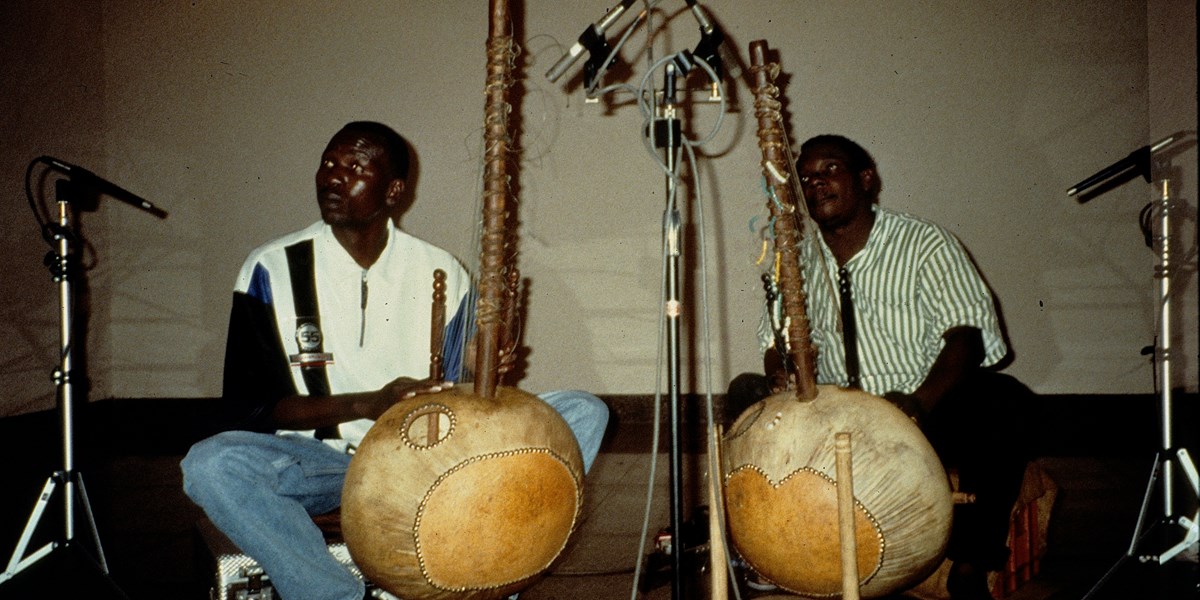Wednesday, March 20, 2024
Toumani Diabaté and Ballaké Sissoko: 21 Strings
By Tim Cumming
With Toumani and Ballaké’s epochal New Ancient Strings to be reissued for its 25th anniversary, we speak to Lucy Durán, the album’s producer, about the unique recording and her documentary tracing the history of the kora

Ballaké Sissoko and Toumani Diabaté (photo: Lucy Durán)

Register now to continue reading

Thanks for visiting the Songlines website, your guide to an extraordinary world of music and culture. Sign up for a free account now to enjoy:
- Free access to 2 subscriber-only articles and album reviews every month
- Unlimited access to our news and awards pages
- Our regular email newsletters

